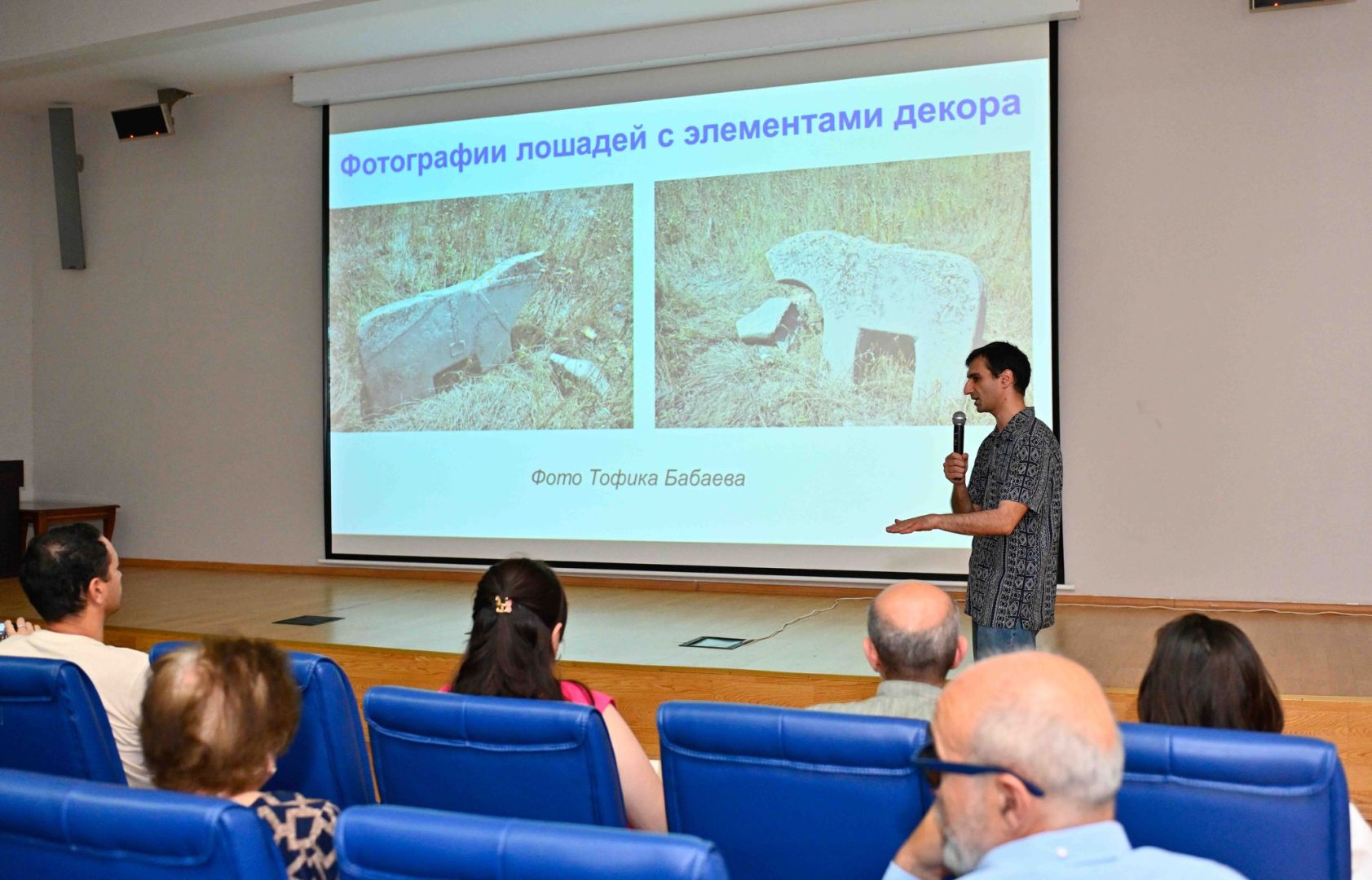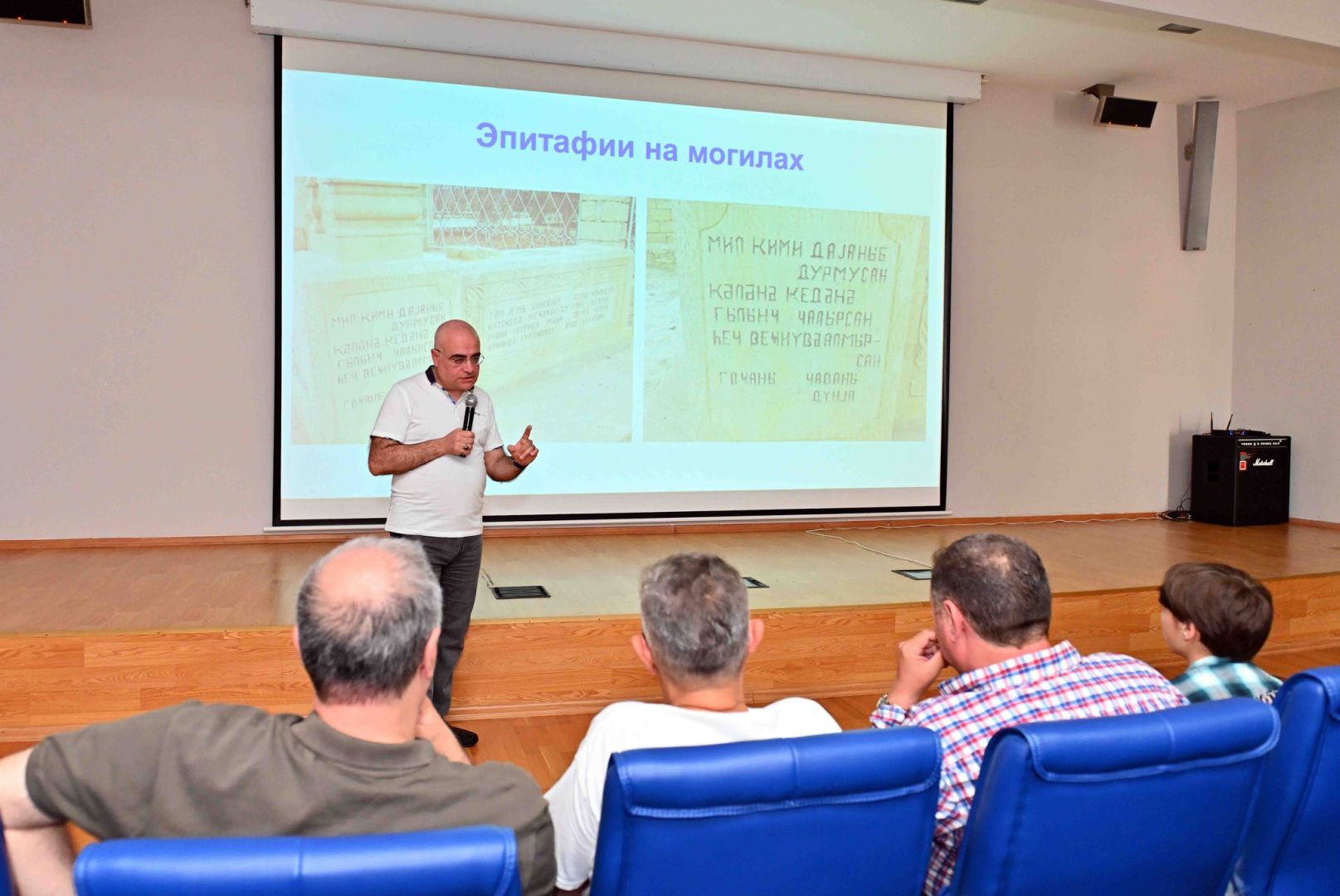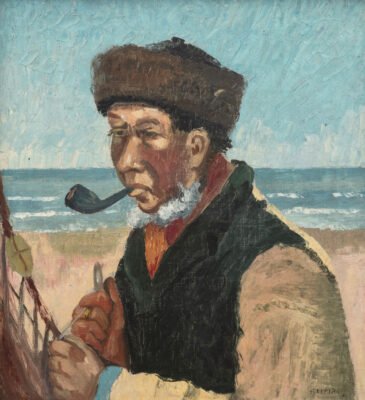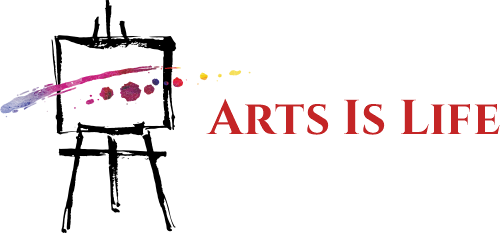The National Art Museum has hosted a lecture themed “Art
features of tombstones in Azerbaijan. Tradition and modernity,” led
by researchers of the Institute of Archaeology and Anthropology,
Rustam Huseynov and Mehdi Ali.

Speaking with Azernews, Rustam Huseynov noted
that the lecture focused on recent anthropological studies on
burial customs in Azerbaijan, aiming to illuminate lesser-known
facets of Azerbaijani history and culture.
At the lecture, the audience was provided insight into the main
features of the artistic design and epigraphy of tombstones in
Azerbaijan, the emergence of the classical tradition, and its
destruction in the 1970s of the 20th century.
“The presentation highlighted the pre-Islamic elements and pagan
symbols found on runic monuments on the territory of Azerbaijan.
Special attention was paid to their distinctive features, location,
current state, legal status, and influence on the artistic style of
subsequent eras. A large amount of lecture material was devoted to
the unique monuments of Azerbaijan, which make it possible to trace
their evolution through different eras, especially the genesis of
cultural traditions, and accurately date the time of change in
cultural codes,” said Rustam Huseynov.

Of particular interest to the audience were the runes on
funerary monuments and the presence of pagan symbols on the
tombstones of the Islamic era, the facts of mixing styles, and the
existence of different types at the same time.
The audience showed great interest in the runes on funerary
monuments and the presence of pagan symbols on Islamic-era
tombstones, as well as the blending of different styles.
The lecture participants engaged with the researchers, asking
questions about deciphering runic signs and exploring lesser-known
historical facts.
Recall that Rustam Huseynov also arranged lectures on “Banknotes
of the Azerbaijan Democratic Republic” and “Stamped Coins of
Azerbaijan” at the National Art Museum.
Founded in 1937, the National Art Museum offers art connoisseurs
some of the best examples of decoratively applied arts in Western
Europe.
Over 3,000 items in 60 rooms are on permanent display at the
museum, and around 12,000 items are kept in storage. Here, you can
see masterpieces of the Italian, French, German, and Polish masters
of brush.
The museum has successfully organised and hosted numerous
high-level international exhibitions, showcasing the works of
renowned artists.
These exhibitions have not only attracted art enthusiasts but
have also contributed to the cultural exchange between Azerbaijan
and other countries.
—-
Laman Ismayilova is AzerNews’ staff journalist, follow her on
Twitter: @lmntypewriterrr
Follow us on Twitter @AzerNewsAz






